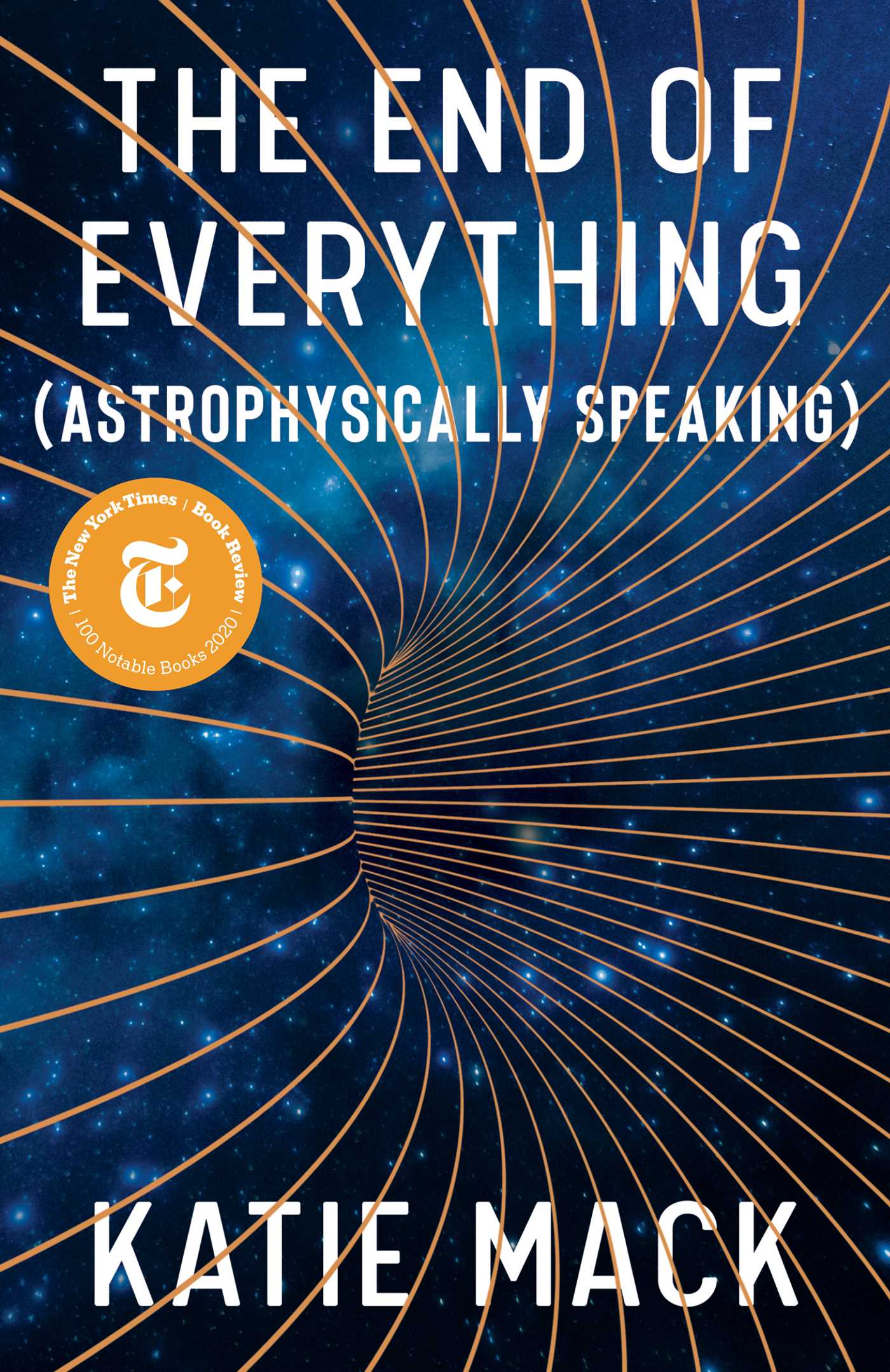

“The idea of a one-panel image with or without a caption mystified me,” he writes. So when he was presented with the opportunity to work with Bliss, who has been a staff cartoonist at the magazine since 1997, he seized the moment. Martin, also a prolific author, has always been intrigued by the cartoons strewn throughout the pages of the New Yorker. The veteran actor, comedian, and banjo player teams up with the acclaimed illustrator to create a unique book of cartoons that communicates their personalities. Mack's pleasing writing style makes speculating about the death of the universe unexpectedly entertaining. Drawing on the wisdom of a variety of pioneering physicists, the author delivers a sleek narrative of discovery. “Work on the cutting edge of physics is already pointing us toward a universe far stranger than we even could have imagined,” she writes. She celebrates that the near future will be filled with knowledge and discovery, even if the far future is doomed. Each is creative in its demise, giving the author an excuse to expound on the latest theories about dark energy and the expanding universe, the Higgs boson, and the multiverse. In physics, recent discoveries and new technological and theoretical tools are allowing us to make leaps that were previously impossible…the scientific exploration of how the universe might end is just now undergoing its renaissance.” In accessible yet precise language, Mack details how these modern scientific approaches suggest five apocalyptic scenarios: the Big Crunch, Heat Death, the Big Rip, Vacuum Decay, and the Bounce. “Whether or not the world is falling apart from a political perspective,” she writes, “scientifically, we’re living in a golden age. But after accepting the fact that our universe cannot “persist unchanged, forever,” thinking through the science of end times is actually a thrill, an opportunity “to dig deep into the question of where it’s all going, what that all means, and what we can learn about the universe we live in by asking these questions.” Mack uses humor, metaphor, and personal experience to offset her often technical descriptions, creating a delightfully unsettling narrative that explains big ideas in modern physics and cosmology through the lens of end times.


A theoretical astrophysicist surveys five possible scenarios for the end of the universe, backed by the latest research in physics and cosmology.Īcknowledging the end of the universe is a grim proposition.


 0 kommentar(er)
0 kommentar(er)
